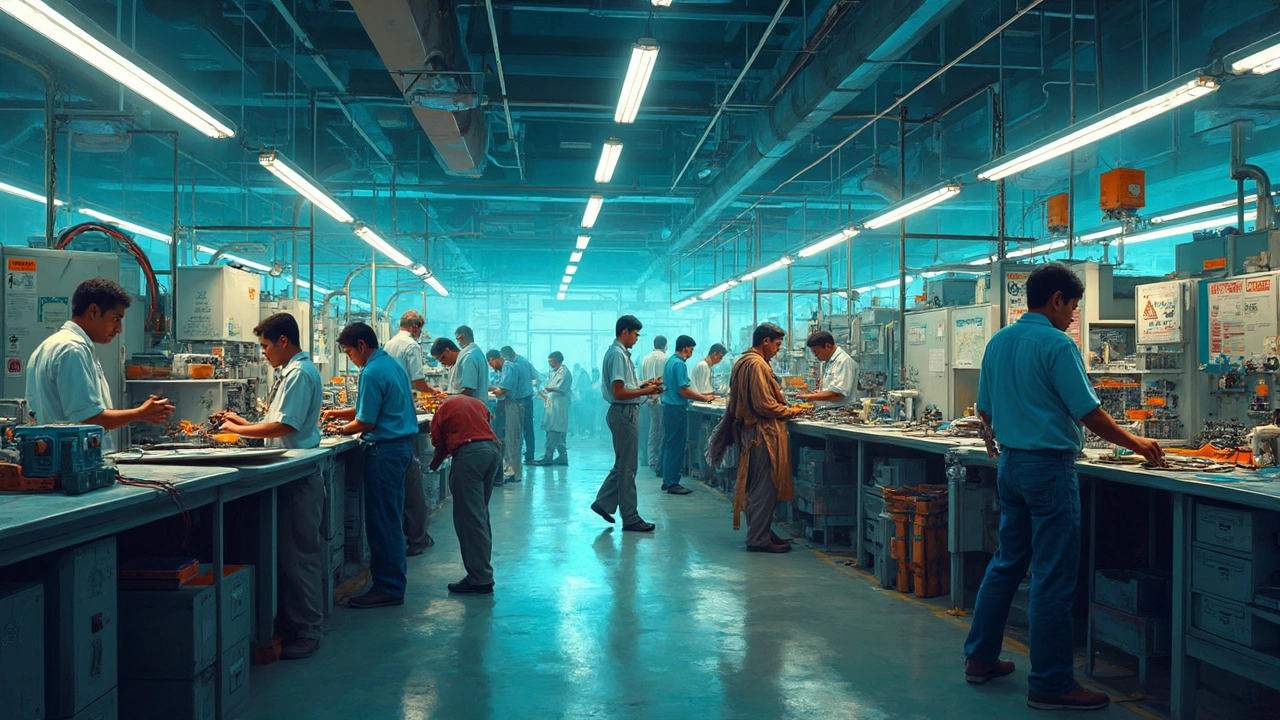Power Standards: Why They Matter for Indian Manufacturing
Imagine a factory that shuts down because the electricity supply doesn’t match its equipment. That happens more often than you think. Power standards set the rules for voltage, frequency, and safety, ensuring machines run smoothly and workers stay safe. In India, the main references are the IEC (International Electrotechnical Commission) guidelines and the Indian Electricity Rules (IER). Knowing the basics can save you from expensive repairs and legal headaches.
Key Elements of Power Standards
First, look at voltage. Most Indian factories operate on 415 V three‑phase, 50 Hz, but some older plants still use 230 V single‑phase for small tools. Check the nameplate on each machine – it tells you the exact voltage range it can handle. Next, frequency matters for motor speed. A deviation of more than ±5% can cause wear and lower efficiency. Finally, protection devices like circuit breakers and earth fault relays must meet the standard rating; otherwise, a short circuit can freeze the whole line.
Staying Compliant with IEC and Local Codes
Compliance starts with documentation. Keep a register of every electrical asset, its voltage rating, and the IEC class it belongs to (e.g., IEC 60364 for wiring). When you buy new equipment, ask the supplier for an IEC‑type certification. If you’re retrofitting an old machine, you may need a voltage converter or a variable frequency drive (VFD) that matches the local supply.
Regular audits are a must. A quarterly check of supply voltage, harmonic distortion, and insulation resistance catches problems early. Use a portable power quality analyzer – they’re cheap and give you instant data. If the analysis shows spikes or dips, install a voltage stabilizer or an uninterruptible power supply (UPS) to protect sensitive control panels.
Training your staff on basic electrical safety completes the loop. Even a quick 30‑minute session on how to read a circuit breaker label can prevent mishaps. Encourage workers to report tripping breakers immediately; a single ignored event can be a sign of deeper issues.
In short, power standards are the backbone of reliable manufacturing. By matching your equipment to the right voltage, following IEC certifications, and performing regular checks, you keep production running and avoid costly downtimes. Start with a simple audit today, and you’ll see the difference in your bottom line tomorrow.

Is India 110V or 220V? Power Facts for Electronics Manufacturing
India runs on a 220V power system, not 110V, which makes a huge difference for anyone manufacturing or using electronics there. Understanding how this voltage impacts device compatibility, safety, and production can save time and money. This article covers what you need to know about India's electrical standards, why they're set up this way, and some real-world tips for handling devices and factories. Get the practical insights you need whether you’re visiting India or setting up an electronics plant. No confusing jargon—just the facts you need.
Read More